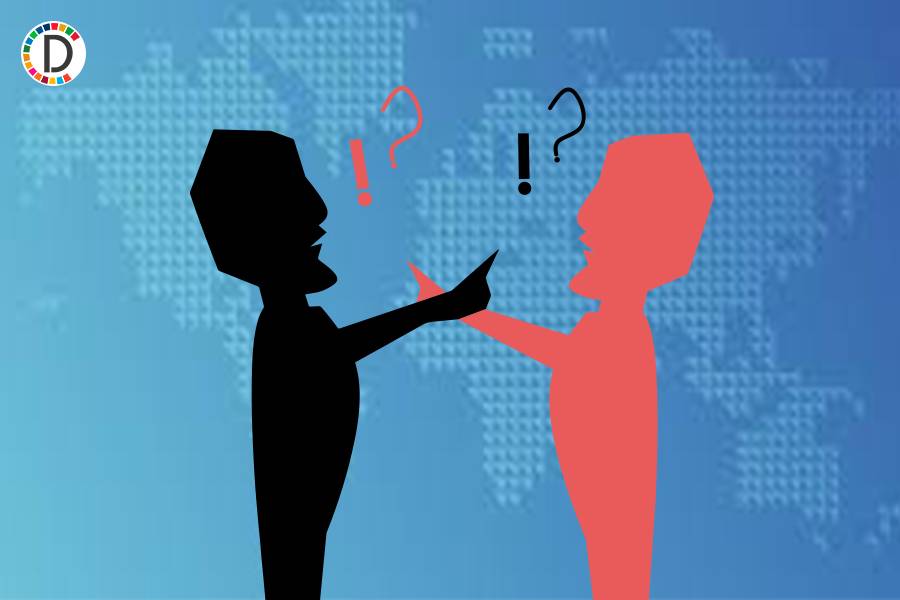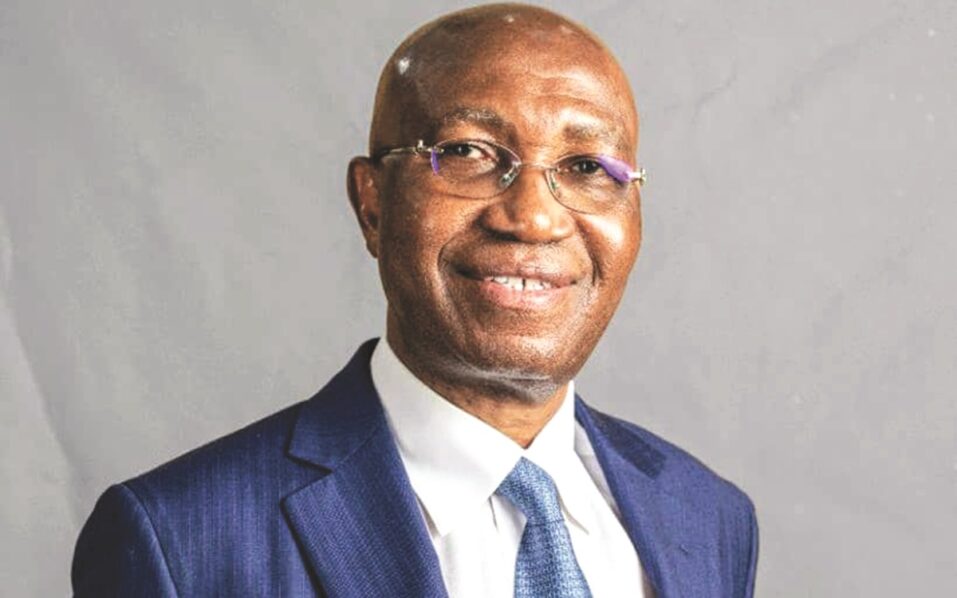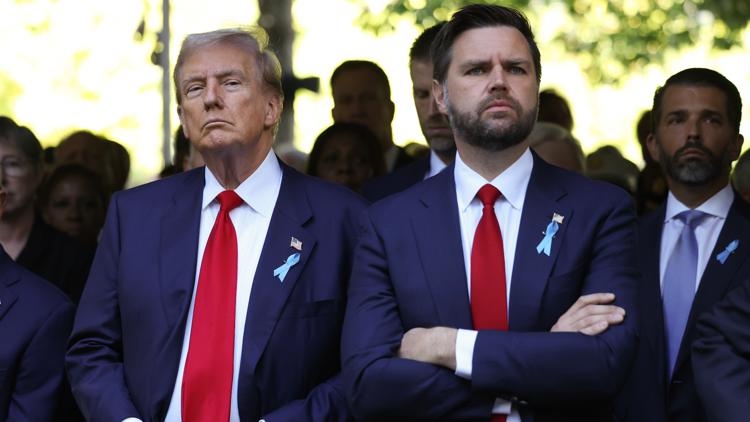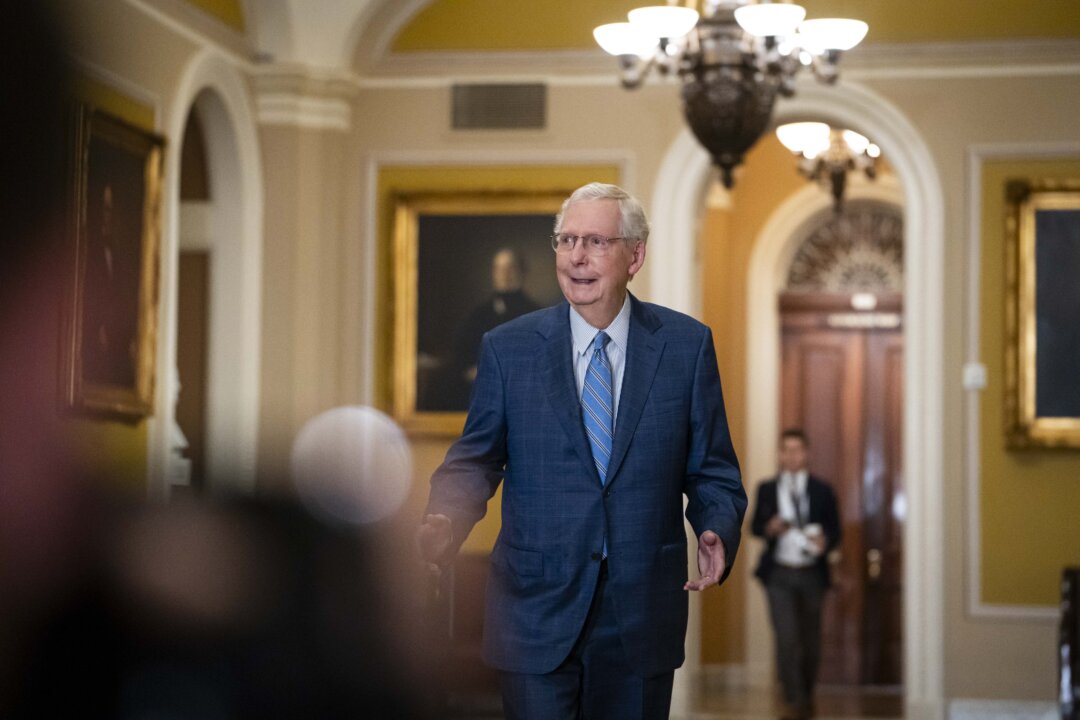
AS the world braces for a second Trump administration and the spectre of a tariff showdown, leaders from 21 of the Pacific basin’s largest economies gathered in Peru for the Asia Pacific Economic Cooperation summit. This is no trivial affair – Apec member economies account for just shy of two-thirds of global economic output. Yet, impending doom pervades the air as leaders grappled with the unsettling prospect of witnessing the unravelling of a decades-old consensus: the credo that free trade is an unequivocal good for all.
Multilateralism and trade globalisation are now contending with a global crisis of confidence, triggered no doubt by the emergence of sub-groupings euphemistically dubbed as ‘mini-laterals’ and attendant ‘centrifugal semantics’. Across many countries, the bifurcation between domestic and international policy priorities is blurred and getting murkier – exposing the fault lines of traditional trade integration narratives that have prioritised the continued expansion of global economic activity, while the asymmetrical impacts of unbridled growth are dumped on domestic governments to manage. On this front, two key shifts are needed.
First, if trade openness is to regain its relevance, it must adopt principles of inclusive growth from the outset. This speaks to the core of Prime Minister Anwar Ibrahim’s call at the Apec Economic Leaders’ Retreat, where he urged global leaders to move on from free trade in the traditional sense towards what he termed as “equitable and humane trade”. This approach regards deepening trade links not as an end in itself but as a means to foster shared prosperity and social progress.
Domestically, Malaysia’s Madani Economy Framework already embodies these ideals. Rooted in the idea of “raising the ceiling while raising the floor”, the Madani framework sets out a growth model that seeks to champion both economic growth and equity in equal measure. In this way, through its engagement in multilateral fora like Apec, Malaysia is carrying through the guiding values of Madani to the global stage, injecting inclusive and sustainable economic ideals into international trade and investment policies.
It therefore comes as no surprise that the theme for Asean 2025 under Malaysia’s chair is also inclusivity and sustainability. Secondly, as global trade uncertainty deepens, trade-friendly nations must now both expand integration with existing partners and look further afield for new trade relationships. On the former, Anwar called on Apec leaders to accelerate efforts towards the realisation of the Free Trade Area of the Asia-Pacific (FTAAP) – a long-envisioned trade agreement that would bring together developed and emerging economies across the region.
This is crucial in addressing the fragmented ‘alphabet soup’ of the myriad existing trade agreements in the region while promoting deeper, more inclusive economic integration. On the latter, Malaysia’s recent efforts to strengthen economic partnerships with developing South regions, from Egypt to Peru, highlight the potential of South-South cooperation in giving emerging economies greater agency in shaping global trade rules and integration frameworks. As Malaysia prepares to chair Asean in 2025, these two imperatives offer a roadmap for the bloc to navigate the myriad vagaries of the global environment.
The challenge here is not merely to sustain Asean’s economic relevance nearly six decades after its establishment but to solidify its role as a champion of multilateralism and a fairer trade system in a world where these ideals are increasingly beating a retreat. By leveraging the “equitable and humane trade” framework, Asean can address the region’s internal disparities, ensuring that smaller and less developed member states are not left behind in the race for economic growth. This would mean putting in as much effort to deepen integration as it does towards initiatives that ensure the benefits of trade and investment are broadly shared.
To this end, investments in infrastructure and capacity-building, alongside efforts to reduce non-tariff barriers would go a long way in enhancing both connectivity and competitiveness across the region. The second imperative, deepening ties with existing partners while exploring new ones, ties in well with Asean’s role in the Regional Comprehensive Economic Partnership (RCEP). As a manifestation of Asean centrality, RCEP provides a platform to strengthen established relationships while promoting inclusive and comprehensive regional trade standards.
Similarly, greater engagement with new markets and regions outside of Asean, for example, by deepening trade links with Africa through the African Continental Free Trade Area (AfCFTA) and with Latin America via the Pacific Alliance, can reduce Asean’s reliance on traditional markets and diversify Asean’s economic partnerships. As Malaysia takes the helm of Asean, the opportunity beckons for it to show that multilateralism and regional cooperation are alive and well in the region. By championing a vision of equitable and humane trade, Malaysia can position Asean as a model for inclusive and sustainable growth, showcasing that economic integration can benefit more than just the privileged few.
Success would not only strengthen Asean’s centrality and economic resilience but also send a clear message to a sceptical world: multilateralism may be battered and bruised but it is far from being knocked out. Datuk Prof Dr Mohd Faiz Abdullah is Chairman of the Institute of Strategic & International Studies (ISIS) Malaysia..














